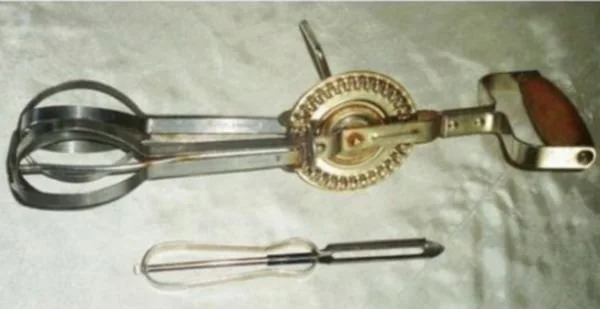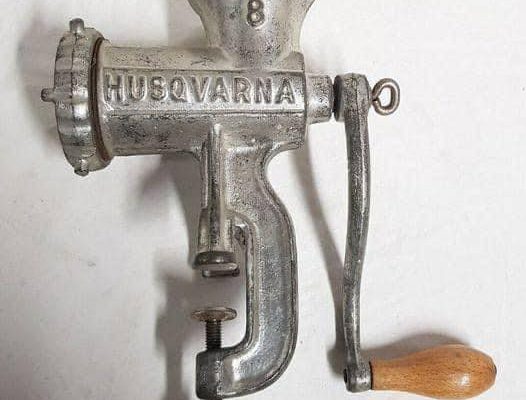The Evolution of the Kitchen Mixer: A Journey Through Its Ingenious History
The kitchen mixer, a staple in many American households, has a rich history that stretches back over a century. It’s fascinating to consider how this essential kitchen tool evolved from simple manual devices to the high-powered electric mixers we rely on today. Let’s explore the remarkable journey of the kitchen mixer and the creative minds that brought it to life.

The Early Days of Manual Mixing
The story begins in the mid-19th century, a period marked by innovation in the kitchen. In 1856, Ralph Collier, a skilled tinner from Baltimore, secured a patent for a rotating mixer. Not long after, in England, E.P. Griffith patented a new whisk design in 1857. But it was the Monroe brothers, J.F. and E.P., who truly revolutionized mixing tools in 1859 with their hand-cranked rotary egg beater, patented in the United States.

The Monroe brothers’ invention caught the eye of the Dover Stamping Company, who acquired their patent and went on to create the widely loved “Dover beater.” This tool became synonymous with quality in American kitchens. Its popularity was so enduring that even in February 1929, the Cedar Rapids Gazette published a dessert recipe called “Hur-Mon Bavarian Cream,” showcasing the beloved Dover beater.
The Transition to Electric Mixers
Fast forward to 1885, when Rufus Eastman invented the first mixer powered by an electric motor. However, the real breakthrough came when the Hobart Manufacturing Company entered the scene. Known for their large commercial mixers, they revolutionized the industry in 1914 by introducing a cutting-edge model that redefined food preparation.
By the early 20th century, mixers like the Hobart KitchenAid and the Sunbeam Mixmaster became household names. Despite their popularity, it wasn’t until the 1920s that these mixers became a common sight in everyday American kitchens. This shift marked a significant step in making food preparation easier for the average home cook.
The Stand Mixer Revolution
In 1908, the course of kitchen appliance history changed forever, thanks to Herbert Johnston, an engineer at the Hobart Manufacturing Company. Watching a baker tirelessly mix dough with a metal spoon, Johnston saw an opportunity to innovate. By 1915, he had developed a 20-gallon commercial mixer, which became a staple in bakeries nationwide.
The real game-changer came in 1919, when Hobart introduced the KitchenAid Food Preparer, the first stand mixer designed for home use. This invention quickly became a favorite among American homemakers, transforming how families prepared meals. The stand mixer’s ability to handle various kitchen tasks, from whipping cream to kneading dough, made it an indispensable tool.
A Tribute to Ingenuity
From its humble beginnings with manual rotary beaters to the introduction of electric motors and sophisticated stand mixers, the kitchen mixer has undergone remarkable changes to enhance our cooking experiences. Next time you whip up a batch of cookies or prepare a cake batter, take a moment to appreciate the ingenuity behind your trusty mixer. It’s a testament to human creativity and the ongoing quest to simplify our daily lives.



